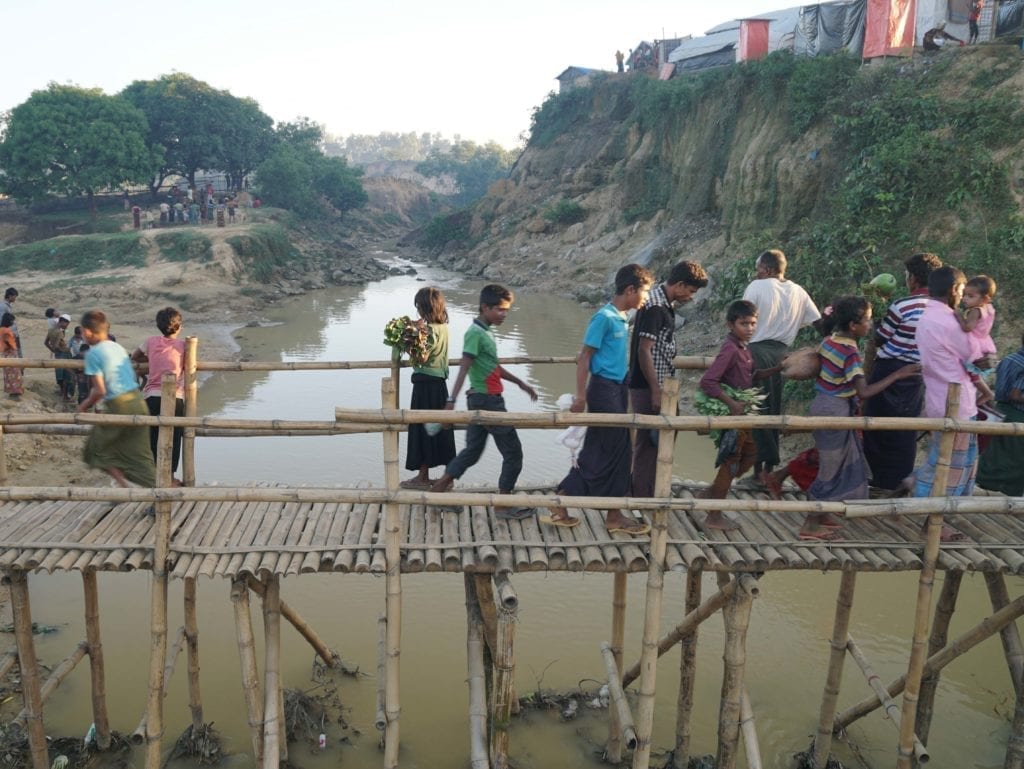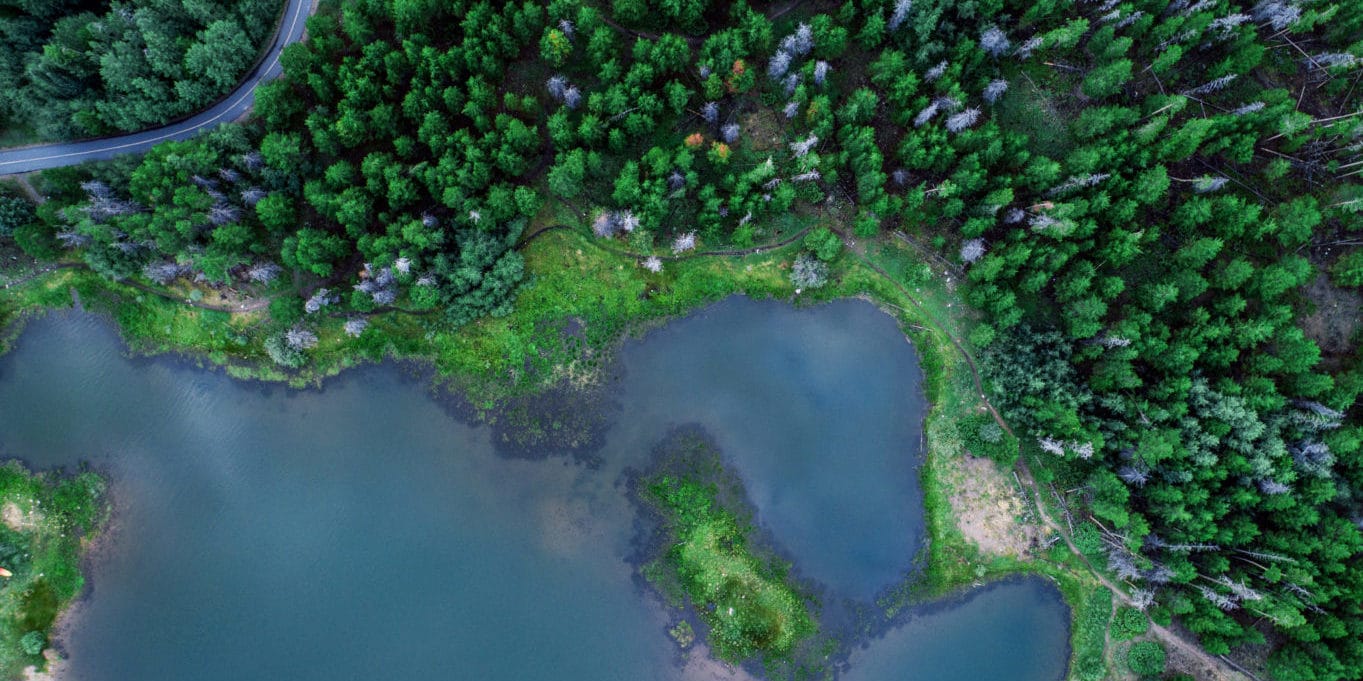At a global level, water is simply a fundamental, life-sustaining resource. It governs our ability to produce food and drives many aspects of industry.
However, it is also seeing increasing demand and pressure due to factors such as growing population, rising incomes and accelerating consumerism.
Couple this with increasing stress on water resources due to changes in climate and it is clear that the water scarcity (in terms of quality and quantity) is a looming issue.
Water security, however, is about more than just water availability. It also includes water-related risks such as flooding, subsidence and slope failures.
While some of these issues may seem esoteric, they have actually never been more real. In 2018 we saw Cape Town, South Africa, narrowly avert “day zero” – the day the city was expected to run out of water. In 2017, California emerged from a six-year drought only to be impacted by significant levels of flooding. In Mexico City, aquifer drawdown is causing differential settlement that is wreaking havoc with infrastructure.
From the point of view of the Civil and Environment sector, we believe that we will all have a significant role to play to ensure future water security.
At Seequent, we see water security as a concept inextricably linked to society’s continued growth and prosperity. That is why in this edition we take a look at some ways our industry is contributing to water security.
In particular, we will explore two specific areas of water security: groundwater management and geotechnical risk. This is not meant to be an exhaustive study; it is simply meant to highlight some of the emerging issues.
We also fully recognize that in most ground engineering applications, water and geotechnical performance are coupled.
On the groundwater front we highlight examples that address water availability and quality. We look at the role managed aquifer recharge plays in ensuring water availability, highlight a UN initiative in Bangladesh aimed at ensuring access to quality water for refugees, and finally, focus on the emerging use of geophysics to understand better the extent and vulnerability of groundwater resources.
On the geotechnical front, we address two areas. First, we look at tailings dam safety and how we might be able to improve our ability to monitor and assess risk at these facilities. The second focus highlights the issue of groundwater-related subsidence and the impact it has on infrastructure and engineered structures.
While water security is a daunting issue, it is one we feel has solutions. Society will look to the Civil and Environmental engineering sector to provide them.

Image taken from the Kutupalong Megacamp, aka Kutupalong Extension Camp.
In 2013, UN-Water1 proposed the following definition for water security:
“The capacity of a population to safeguard sustainable access to adequate quantities of acceptable quality water for sustaining livelihoods, human well-being, and socio-economic development; for ensuring protection against water-borne pollution and water-related disasters; and for preserving ecosystems in a climate of peace and political stability.”
Meanwhile, a recent study by scientists at UC-Irvine, published in Nature Sustainability2, suggested that nearly one-fifth of the world’s population lives in a stressed water basin where the next climate change-driven incident could threaten access to an essential resource.

With a Ph.D. in Geophysics from Stanford and an associate professorship in Geoscience at the University of Calgary (specialising in hydrogeophysics), Unearthed didn’t hesitate to ask Seequent’s own Chief Research Officer, Adam Pidlisecky to introduce this edition’s theme on Water Security and what this means for all the engineers and scientists around the globe.
References:
1 https://www.unwater.org/publications/what-water-security-infographic
2 Flexibility and intensity of global water use, Y. Qin, et al., Nature Sustainability 2, 515–523 (2019) doi.org/10.1038/s41893-019-0294-2





